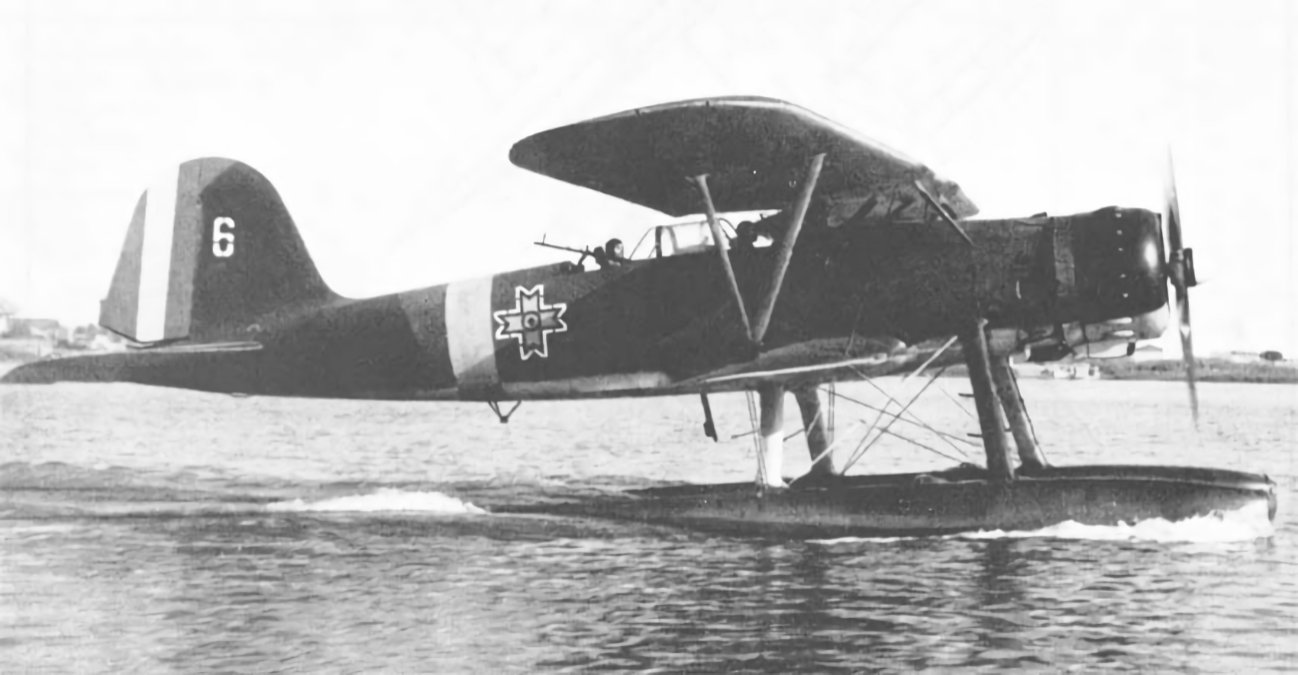Tag: Second World War
-
Heinkel He 114 in Swedish Service

Heinkel He 114 in Swedish Service Sweden operated a total of 12 Heinkel He 114 floatplanes. Although ordered in 1939, delivery was not made until 1941 due to restrictions on the export of military aircraft from Germany. Read more
-
Heinkel He 114 in Romanian Service

Heinkel He 114 in Romanian Service Romania purchased 24 Heinkel He 114 floatplanes, the last eight of which were retired in 1960. Read more
-
Avia B-534 Biplane Fighter
Avia B-534 Biplane Fighter Developed from the Avia B-34, the Avia B-534 was a single-seat biplane fighter designed for the Czechoslovak Air Force. First flying o 25 May 1933, it entered service in 1935 with production continuing until 1939. A total of 538 were built serving several air forces during the Second World War. Bulgaria… Read more